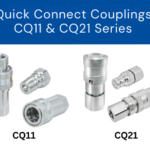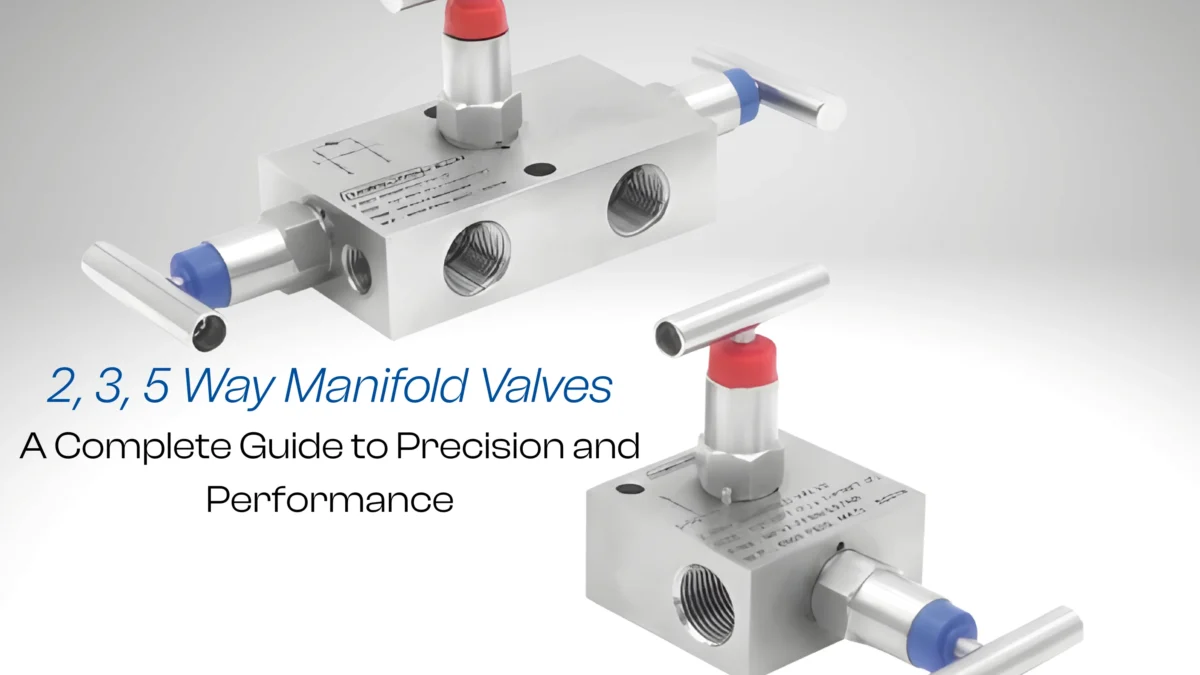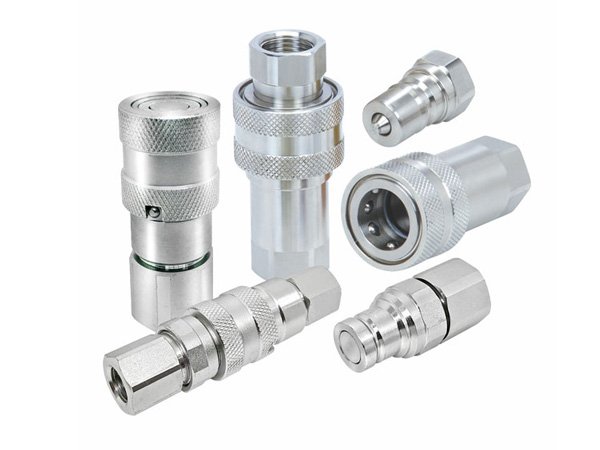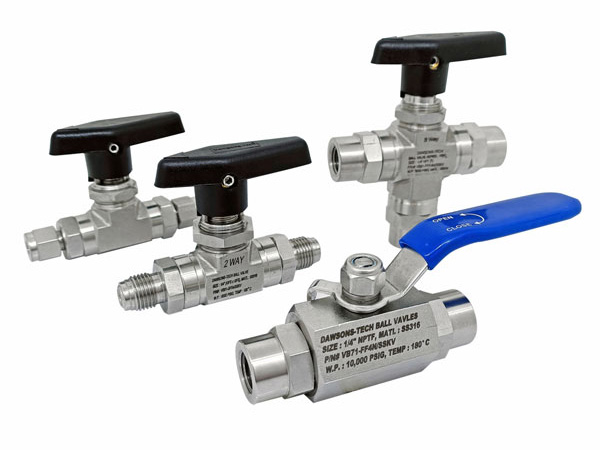
Quick Connect Couplings Series CQ11 & CQ21: A Complete Guide
October 18, 2025In every instrumentation system, accuracy and reliability are non-negotiable. Whether you’re isolating a pressure transmitter or performing calibration, the right manifold valve makes a huge difference in both system performance and operator safety.
Our 2, 3, 5 way manifold valves at Dawsonstech are expertly designed to reduce leakage, streamline complicated procedures, and guarantee long-term performance in challenging industrial settings.
What Is a Manifold Valve?
A small, multi-valve device known as a manifold valve joins a process line to pressure instruments, including switches, gauges, and transmitters. A manifold blends isolation, equalization, and venting into a single unit rather than several independent valves.
This integration reduces leak paths, saves space, and allows safe calibration or maintenance without interrupting the process.
Product Overview: 2/3/5-Way Manifold Valves
Dawsonstech’s manifold valves are designed for precise pressure control and smooth operation in instrumentation and process applications.
Technical Specifications
Connection Sizes: ½″ BSPP, ½″ BSPT, ½″ NPT (female)
Maximum Working Pressure: Up to 6,000 PSIG (≈ 413 bar)
Body Materials: SS 316 / SS 304 (available in special alloys on request)
Mounting Options: Direct Mount, Remote Mount & Flange Mount Types
Sealing Type: Metal-to-metal seat for leak-free performance
Compliance: NACE MR01-75 for wetted parts
Applications: Pressure transmitters, gauges, and differential instruments
Each valve is manufactured under strict quality standards to ensure zero leakage, long service life, and high pressure tolerance.
Types of Manifold Valves
1. 2-Way Manifold Valve—Compact Isolation and Control
The 2-way manifold valve consists of one block valve and one vent valve. It’s primarily used to isolate pressure instruments such as gauges or transmitters from the main process line.
Applications:
Static pressure measurement
Pressure gauge isolation
Simple process instrumentation
Advantages:
Compact, lightweight design
Easy installation and maintenance
Reliable shut-off and venting
2. 3-Way Manifold Valve—Balanced Pressure and Safe Calibration
The 3-way manifold valve is ideal for differential pressure transmitters. It includes two block valves (for high and low sides) and one equalizing valve to balance the pressures during calibration.
Applications:
Differential pressure measurement
Flow measurement and transmitter calibration
Industrial process control
Advantages:
Safe equalization without process interruption
Protection against transmitter damage
Accurate, repeatable readings
3. 5-Way Manifold Valve-Complete System Control
The 5 way manifold valve is the most versatile configuration. It includes two block valves, one equalizing valve, and two vent valves, providing full control during maintenance and calibration.
Applications:
Continuous process monitoring
Advanced differential pressure systems
High-accuracy flow and pressure transmitters
Advantages:
Complete isolation, equalization, and venting
Safe zero-point calibration without shutdown
Maximum safety and convenience
Comparison Table: 2-Way vs. 3-Way vs. 5-Way Manifold Valves
| Feature | 2-Way Valve | 3 Way Valve | 5 Way Valve |
| Valve Configuration | 1 Block + 1 Vent | 2 Block + 1 Equalizing | 2 Block + 1 Equalizing + 2 Vent |
| Primary Use | Pressure isolation | Differential pressure measurement | Advanced calibration & venting |
| Applications | Gauge isolation | Flow & DP transmitters | Complex process systems |
| Calibration Capability | No | Yes | Yes (Enhanced) |
| Maintenance Flexibility | Simple | Moderate | High |
| Pressure Rating | Up to 6,000 PSIG | Up to 6,000 PSIG | Up to 6,000 PSIG |
| Connection Size | ½″ BSPP/BSPT/NPT | ½″ BSPP/BSPT/NPT | ½″ BSPP/BSPT/NPT |
Why Choose Dawsonstech Manifold Valves?
- Precision Engineering: Each valve is CNC-machined for perfect alignment and leak-proof sealing.
- High Performance: Rated up to 6,000 PSIG, designed for reliability under extreme pressure.
- Material Excellence: Available in SS 316 / SS 304 with NACE compliant wetted parts.
- Compact Design: Saves space and simplifies instrument layout.
- Versatile Mounting: Direct, remote, or flange mounting options suit any setup.
- Tested Quality: 100% pressure-tested for safety and consistency.
Dawsonstech valves are trusted globally in Oil & Gas, Chemical, Power, and Process Industries for their robust build and consistent performance.
FAQs:
- What does a manifold valve do?
It connects pressure instruments to the process line and enables isolation, equalization, and venting, ensuring safe maintenance and calibration without system shutdown.
- Which is better: a 2-way, 3-way, or 5-way manifold valve?
It depends on the application.
- Use a 2-way valve for simple isolation.
- Use a 3-way valve for differential pressure transmitters.
- Use a 5-way valve for complex calibration and venting.
- What is the maximum pressure rating?
All Dawsonstech manifold valves are rated up to 6,000 PSIG (≈ 413 bar), making them ideal for high-pressure instrumentation systems.
Conclusion
Selecting the right manifold valve, whether a 2-way, 3-way, or 5-way, ensures precision, reliability, and operational safety.
When you purchase from Dawsonstech, you’re investing in engineering ability that improves the functionality of your whole instrumentation system, not just a single component.





